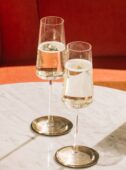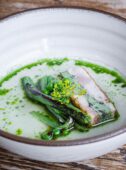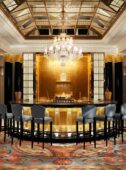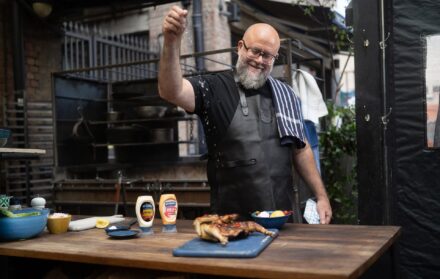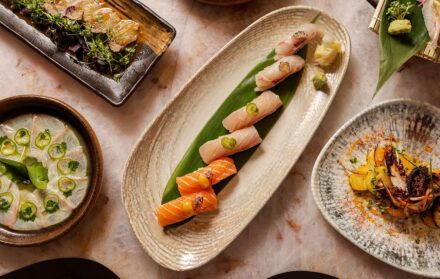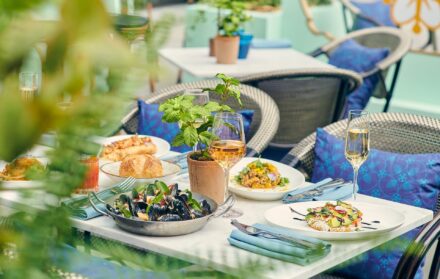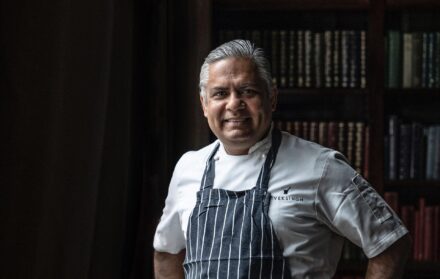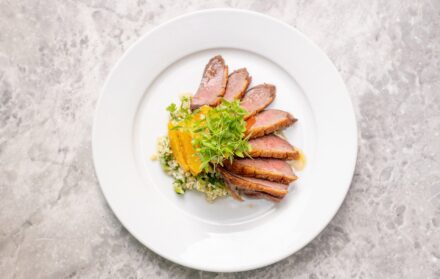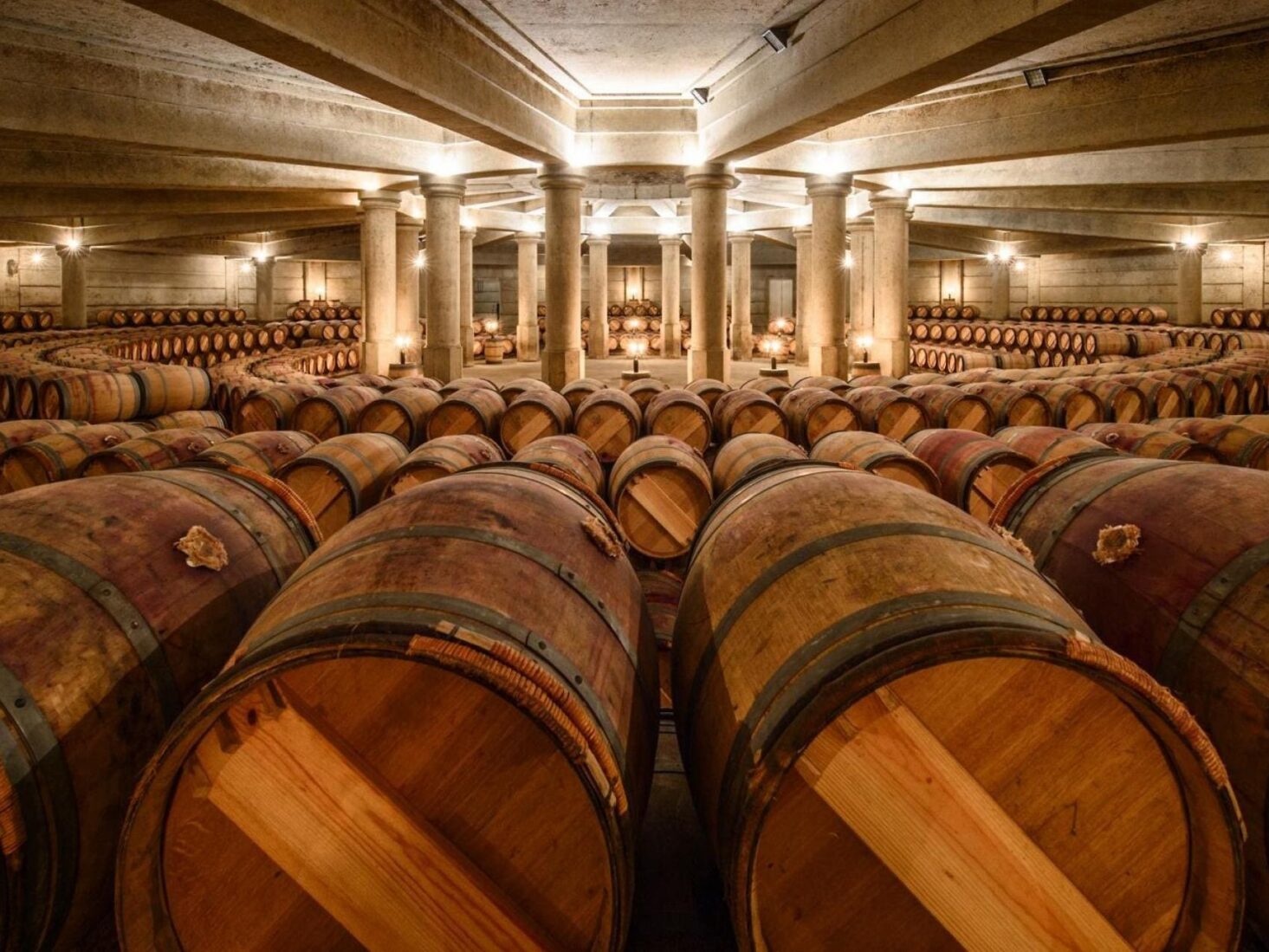
Jean-Guillaume Prats, President and CEO of Domaines Barons de Rothschild Lafite, on putting consumers first
“My key goal is to foster a greater sense of engagement with our final customers. This has to become fundamental to our business – Bordeaux has traditionally lacked business-to-consumer platforms, but this is changing”
If one were searching for a reliable symbol of luxury and tradition, then Château Lafite Rothschild would surely come near the top of the list. In 1855, when the best Bordeaux wine estates were classified, Lafite appeared at the head of the first-growth (premier cru) list. A century-and-a-half later, the world and its consumers may have changed, but Lafite’s ability to beguile palates has scarcely altered at all. Yet despite this formidable legacy, Lafite’s president and CEO Jean-Guillaume Prats is committed to fostering positive change at the estate.
The Lafite vineyard totals 277 acres at the northern tip of the Pauillac appellation, just below the boundary with Saint-Estèphe. The vineyard is dominated by cabernet sauvignon (71 per cent) with the balance comprising merlot (25 per cent), cabernet franc (three per cent) and petit verdot (one per cent).The château itself is charmingly modest: the central part comprises two storeys and dates from the 18th century, while the main tower was constructed in the 16th century. Nevertheless, there is an undeniable sense of awe when sitting in one of Lafite’s elegant saloons, with French Second Empire furnishings, silk wall coverings, family portraits and memorabilia all lovingly preserved. Prats is a busy man, so after a brief introduction and a glass of the divine nectar we leap into the subject of Lafite’s past.
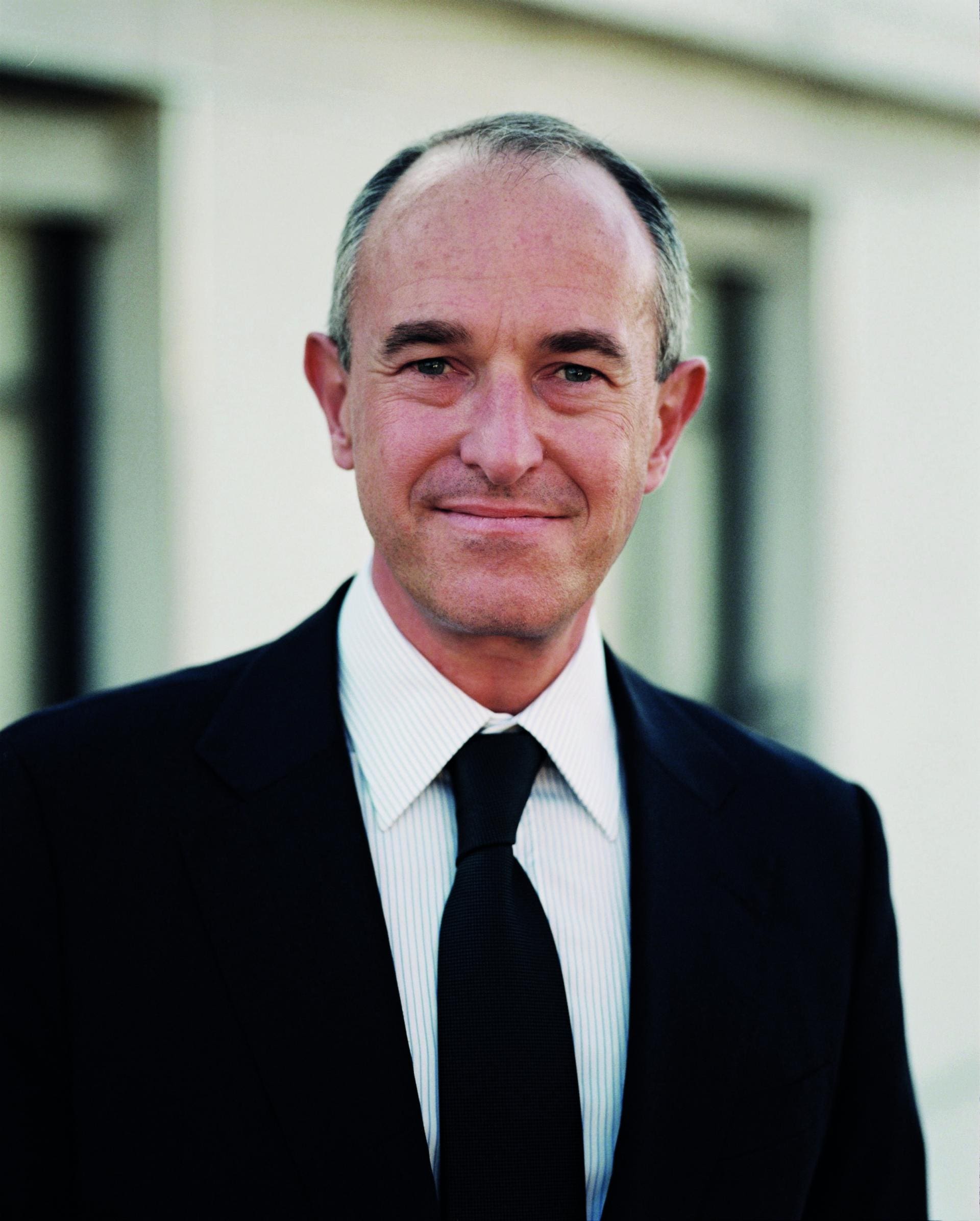
“Lafite certainly dates back to medieval times, but we are not certain that vines were planted here at that time,” says Prats. “I believe vineyards were planted at Lafite as a commercial proposition in the 17th century.” The estate, as was so often the case, passed through the hands of successive owners until Baron James de Rothschild – uncle to Nathaniel de Rothschild, who had already acquired the neighbouring Château Mouton Rothschild – strode onto the scene in 1868, paying the then-astronomical sum of five million francs for Lafite’s vineyards, estate buildings and stock of vintages. The baron died just a few months later, before he had the opportunity to visit his property, which passed to his three sons. It has remained in Rothschilds’ hands ever since.
The Second World War saw Lafite fall under the control of the puppet Vichy government, which thankfully protected the estate from the clutches of Hermann Göring, who reportedly coveted Lafite above all else. The property’s history could sustain hours of conversation, but I’m curious about why Prats left his career at luxury goods conglomerate LVMH to return to Bordeaux. As president and CEO of Estates & Wines at LVMH, Prats oversaw the direction of several champagne houses, including Krug and Ruinart.
“My role at LVMH was a wonderful opportunity to manage a number of properties across the world; that’s been the key transferable skill to pass on to Lafite – a global perspective,” says Prats. “But in my heart I’m a Médocaine, through and through. I was born in the Médoc and I got married in a little church in Saint-Estèphe.
“After studying at the European Business School Paris, I began my career working in finance in London. So the allure of returning to Bordeaux after LVMH was irresistible – in March 2018 I accepted this position at Domaines Barons de Rothschild. I used to pass by the estate twice a day for 40 years. It’s good to be home.”
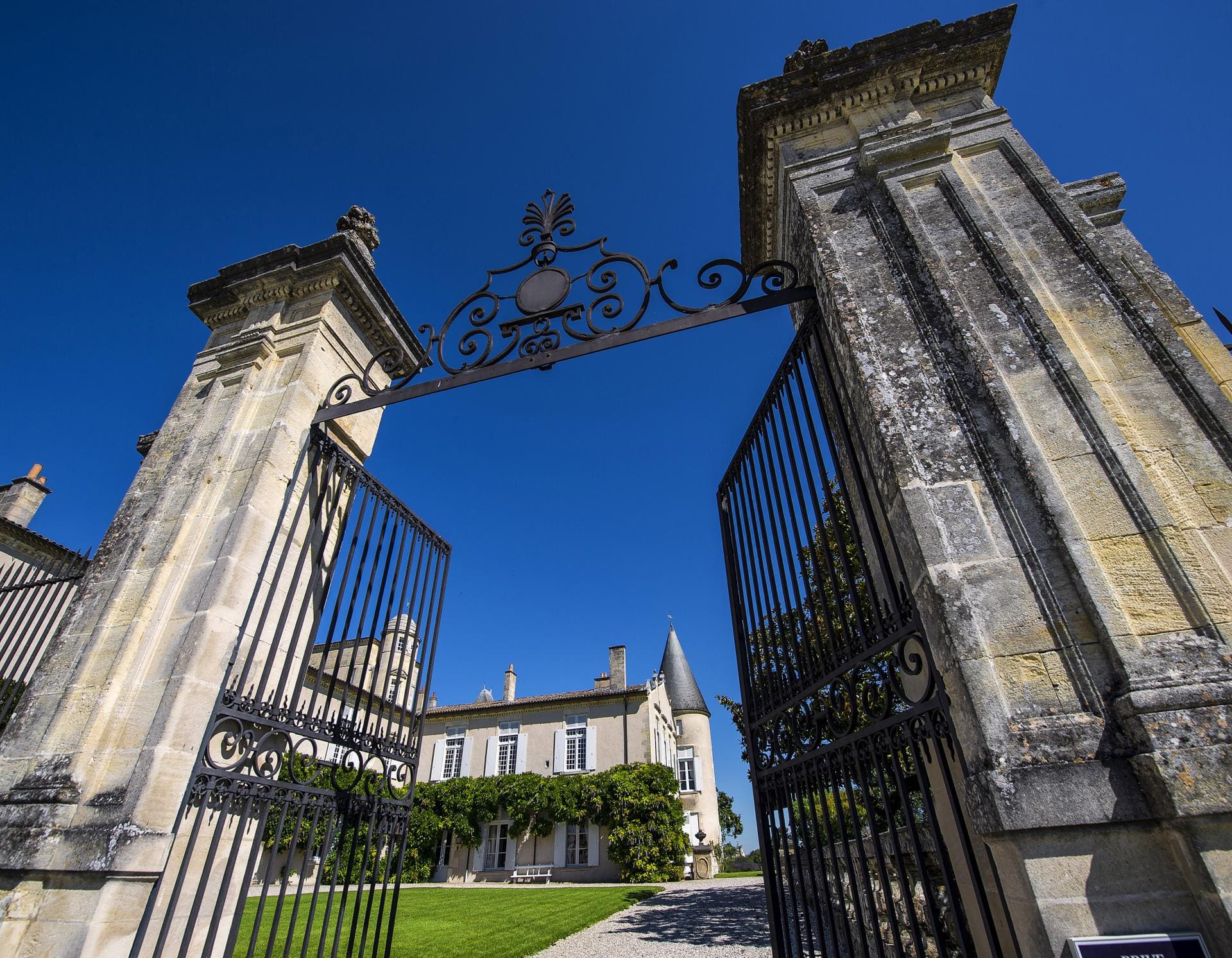
All great leaders focus on their legacy, and Prats is no exception. “I have always believed that the moment a company becomes self-satisfied or complacent, you lose sight of new trends and opportunities in the market. Look at BlackBerry – it lost its dominant position in the market because it didn’t adapt and learn from the competition.”
Prats’ objectives for Lafite cover both the winemaking and the marketing. “In 2018, we decided to farm some of our vineyards according to biodynamic and sustainable principles as an experiment, to see if this would benefit our wines. We will take our time and analyse the results over several years. At this stage I don’t know the eventual outcome, but we may decide to seek formal certification for some of our vineyards.”
And Prats is acutely aware that Bordeaux can’t simply entice consumers on the strength of its reputation alone. Even Lafite, the most famous of all great wines, faces competition from other top bordeaux wines and from estates in Napa Valley, as Prats readily concedes.
“My key goal is to foster a greater sense of engagement with our final customers. This has to become fundamental to our business – Bordeaux has traditionally lacked business-to-consumer platforms, but this is changing. This year, we started construction of a new hospitality centre at another property owned by the family – Duhart-Milon. It should be ready for harvest 2020. But the marketing message largely remains the same – our incredible history. We are also investing an unprecedented amount into e-commerce channels in China, to build a greater relationship with our Asian customers.”
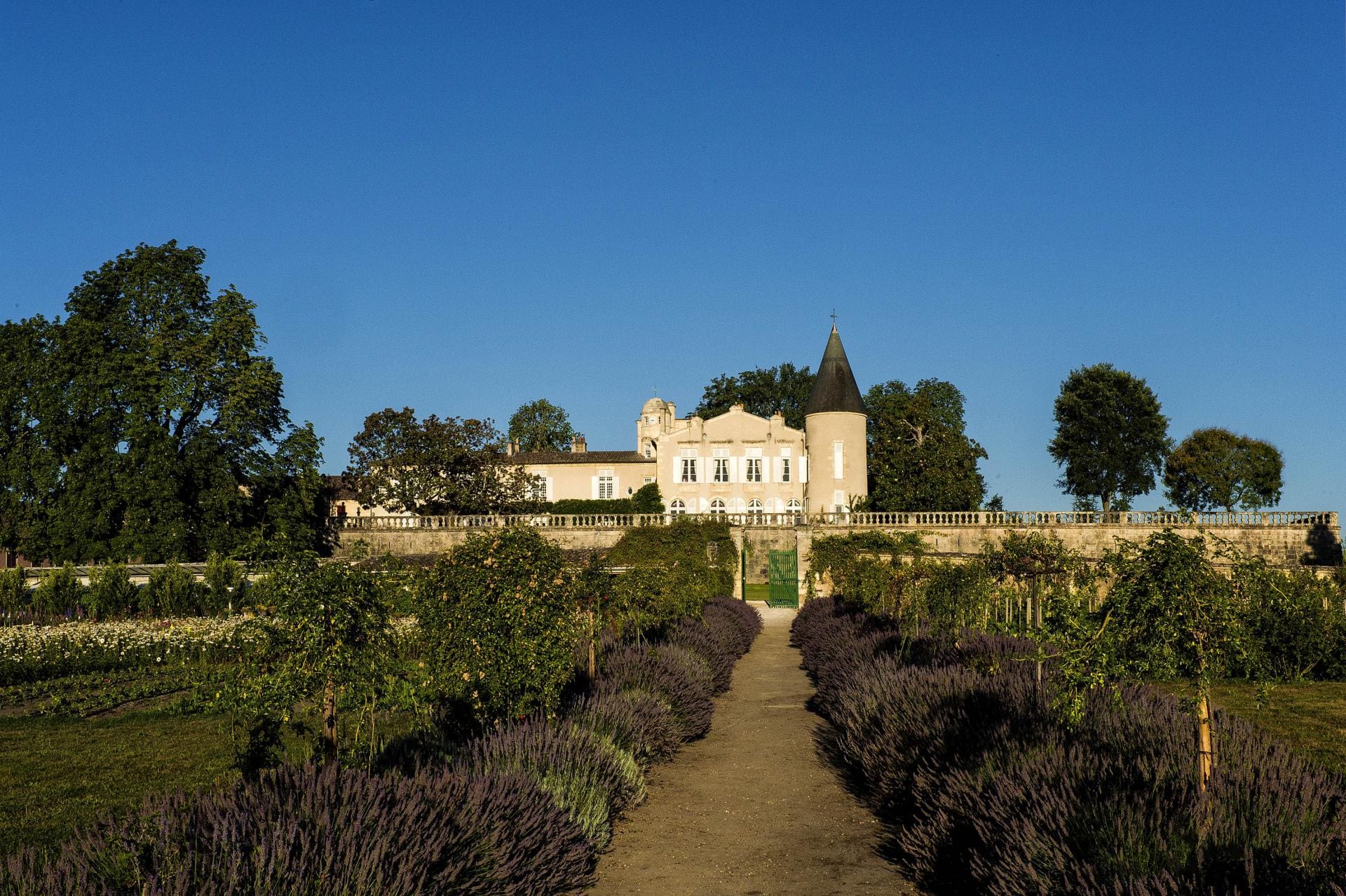
Asia, and in particular China, remains a perennial topic for the Bordeaux establishment. The market has grown exponentially over the past 20 years, so much so that many guided Bordeaux tours are given in Mandarin, in addition to English. However, it has not all been good news – police raids on counterfeit rings are regular occurrences. I suggest that Lafite is probably one of the most counterfeited fine wines in the world, hardly a desirable accolade for any estate.
“Yes, counterfeiting is of course a problem, but our in-house legal team is doing a fantastic job of combatting fraud. They fight like hell to protect our name, especially in Asia and we pursue court actions with due vigilance. We have invested a lot of resources in this.”
Lafite has been at the forefront of this perpetual battle to fight wine counterfeiting: bottles are secured with a tamper-proof digital tag that allows the end consumer to verify the bottle’s authenticity via an app. This is costly for the estate, but a worthwhile endeavour. “Part of the problem is the nature of our business model – the fact that working with distributors and agents means that you lose sight of the final customer. This is why we’re working more closely with e-commerce firms in China to ensure their customers enjoy the genuine product.”
It is clear that Prats, while reasonably relaxed for a man with incredible demands on his time, feels a heavy weight of responsibility on his shoulders. He is now responsible for marketing one of the world’s most famous brands, in a fast-moving, uncompromising digital age. How would he define luxury, and how has consumer perception of luxury changed in the 21st century?
“There are so many definitions of luxury,” he answers. “Some people base it entirely on the price of a product, others on the fact that it is made in tiny quantities. My definition of luxury is a product that combines a strong DNA, tradition and risk taking.”
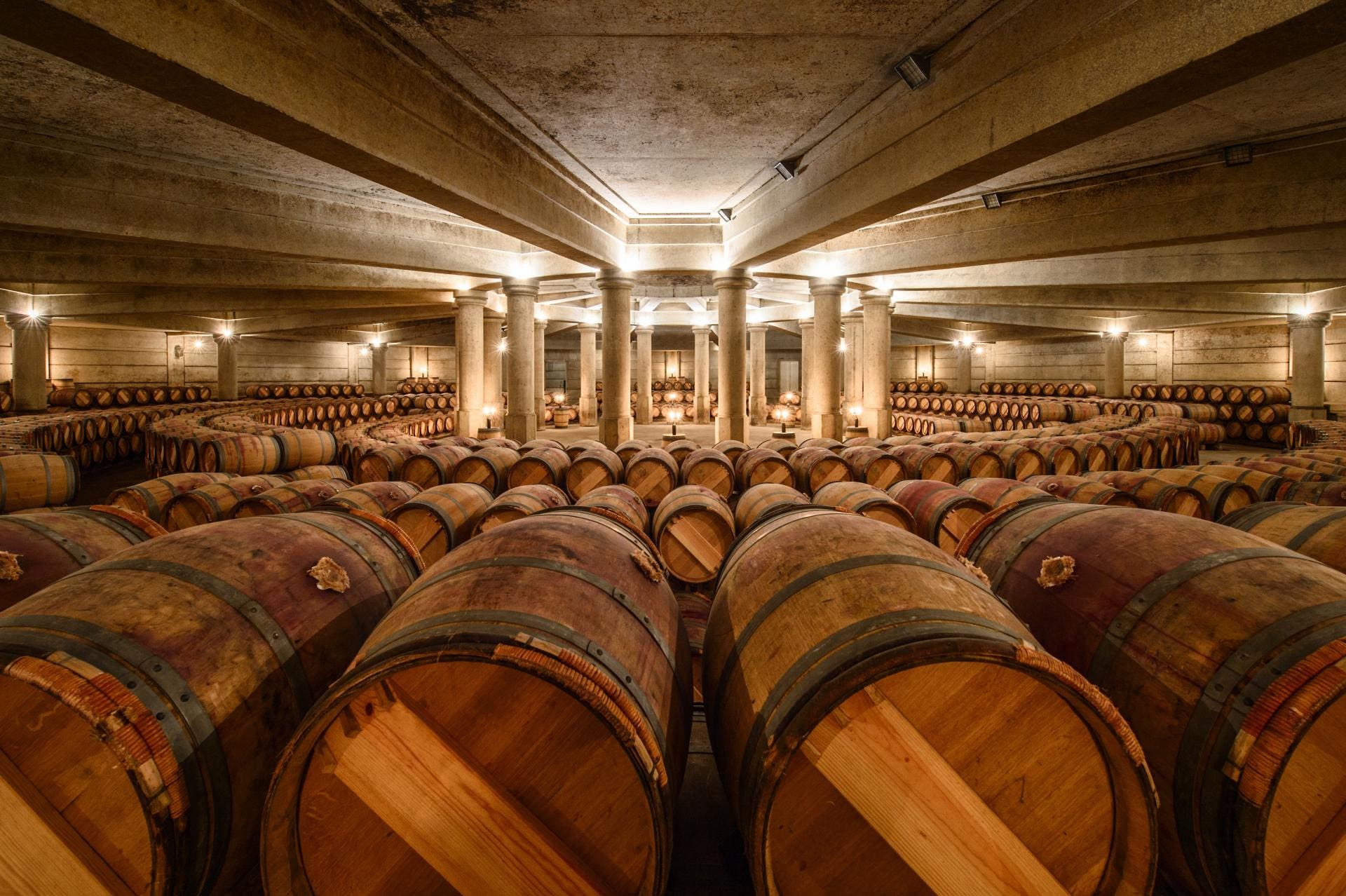
From Prats’ perspective, everything comes back to engaging with the end consumer. He freely admits that for many decades Bordeaux couldn’t have cared less about the visitor. Traditionally, wine was sold to courtiers (brokers) and then to negociants (merchants). Currently, there are more than 400 negociants in Bordeaux and their strength lies in their diversity. However, the major drawback of this unique commercial system, known as the Place de Bordeaux, is that the châteaux owners forgot about their final customers; nobody ever gave them much thought and doors remained closed to the general public. A warm welcome was definitely not on the cards. “That’s not the case at Lafite,” says Prats. “We have a completely open-door policy on visits. Any consumer in the world can email us and we will organise a visit. All we need is a bit of notice.”
There is a remarkable, and palpable, synergy between Lafite and its new president. Both bound by tradition, they are concurrently embracing change and a new consumer audience with different expectations. It should ensure that Lafite remains relevant, and uniquely desirable, in the decades to come.
Château Lafite Rothschild is available in London at Justerini & Brooks, 61 St James’s Street, justerinis.com and Berry Bros. & Rudd, 63 Pall Mall, bbr.com
